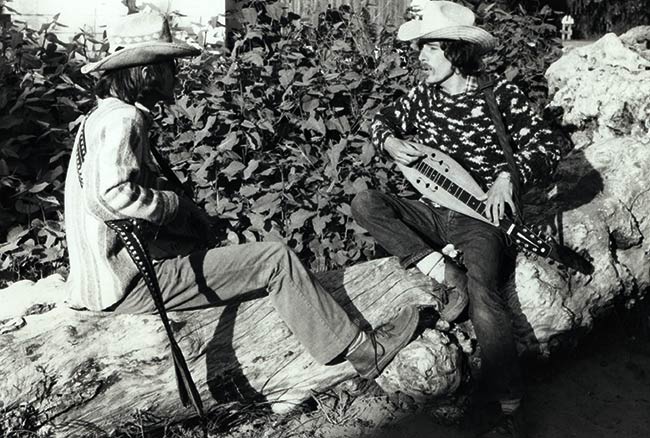Swannanoa Tunnel/Reuben’s Train
Author: American Traditional
Date/Studio: 1981 Spectrum, Portland, OR
Engineer: Dave Mathew
Producer: Baila Dworsky
Original Release: The Art of Dulcimer (KM217)
Current Release: The Complete Recordings (BSR 158)
One of the voices of the dulcimer I really like is in the dense, high treble notes of the second octave. The overtones are candy to my ear. When I designed and built dulcimers that was the quality I sought. They had to ring in that 2nd octave. Swannanoa Tunnel asks for those voices. The tune's initial lonesome high notes and bell-chime overtones cry out, an overture for the sombre and tragic story.

Historical accounts differ citing from as few as 120 to as high as 400 being the number of (mostly black) convict laborers who died during the ten years of construction of the seven tunnels leading into Asheville, NC. One source says this song probably related to the accident in March of 1879 when twenty-three workers were killed. Most agree the song was composed by laborers working on the tunnel. In that light, it's easy to see how bits of John Henry crossed over into it.
In 2003 I sang this at a concert in Cork, Ireland, planning originally to play lively tunes. The concert was in a stone cathedral with a four-story ceiling that easily had a 5-second echo. Winging it, I talked of how this song caught the tragedy of a cave-in and how many sons of Ireland had worked as miners in Appalachia. I used that wonderful echo. When I finished a woman stood up and witnessed like at a Baptist revival. “This is a true song. This is how it was. My family was there.” Then she sat down.
I taught this tune to Albert and he taught me Reuben's Train. I don't know where he picked it up but according to the Library of Congress it is a part of a family of railroad ballads that include a host of others. You got to love what you can find on the internet! “Reuben demonstrates the horizontal movement in lyric folksong for it shares common places with similar amorphous pieces.” (Catalog Card Number R67-3179.) There you have it-- an amorphous piece with fungible verses.
The first time I heard Albert do Reuben was when we were recording “freedom folk music” broadcasts across the Iron Curtain for the Czech Department of Radio Free Europe in the winter of 71/72. We were jamming one day in Munich's English Garden with Israeli doumbek player, Noam Zaid, the brother of Esther Ofarim. The Czech poet, Ivan Hartel, heard us and invited us to the station. That became a regular gig. (A few years later I wrote to get copies and were told the Czech Department had been firebombed. I still have cassettes I dubbed at the time. Might be time to post them.)
We wanted a few Appalachian tunes in our sets to balance our original material. Why not do two at once? There was a trend of combining three (or more) folk medleys and turning them into one long song. We both thought that was declass, just jamming tunes together because you could. Many performers saved these for their finale. The promoter would signal “last tune” and they would play a nine-minute medley. Interminable. We didn't want that. The “smash up” had to make musical sense.
One song was about a train tunnel, the other about a train. That was really the only similarity. The first was slow and reflective, the second one jumped along. At least there would be contrast in the tunes and we would be shortening them both instead of adding time. We'd state the theme a few times, embellish a little, cross to the second tune, repeat, get out. Where the tunes transitioned both themes would be heard rhythmically discant, an instrumental motet moving the voices against each other.
On the Art of Dulcimer lp an unintended consequence happened that we liked and left in instead of recutting the tune. When I came out of my last lead embellishment I ended up on the off-beat to Albert. As we “sound the horn” by bending notes at the end of Reuben, we end up syncopated to each other. That was a cool effect. To duplicate this in subsequent performances we achieved it by having me hang back a heartbeat after I closed out the run and coming back to bending on the off beat.
